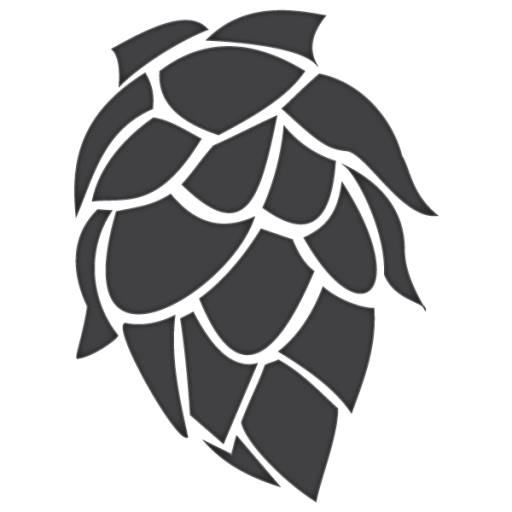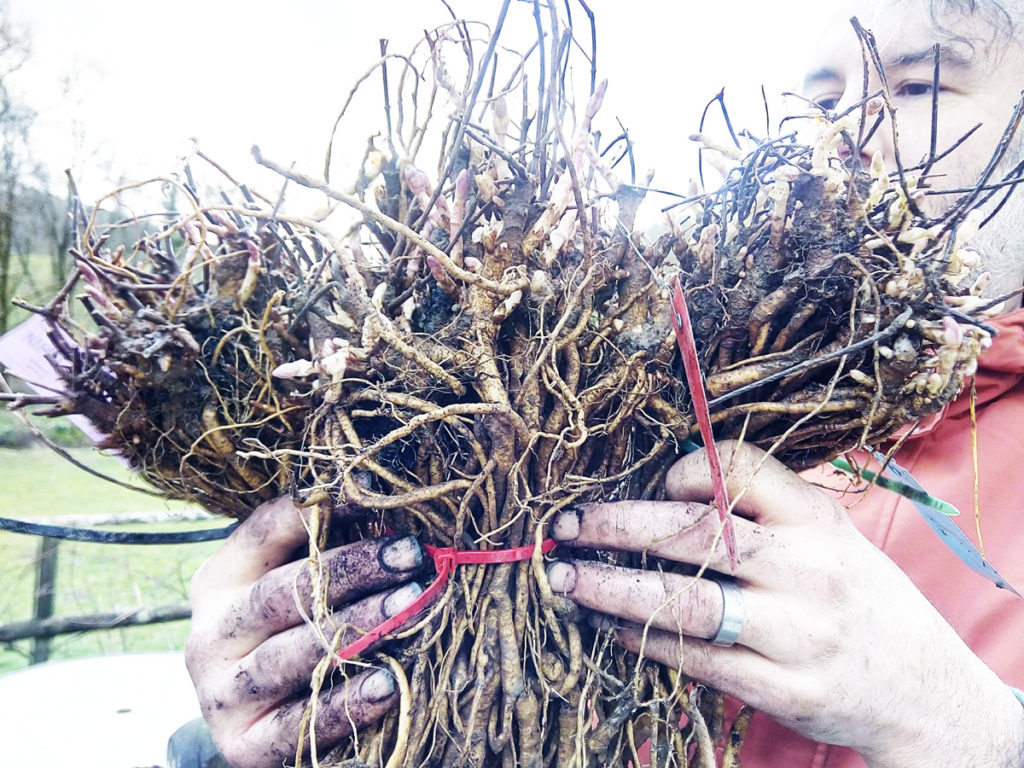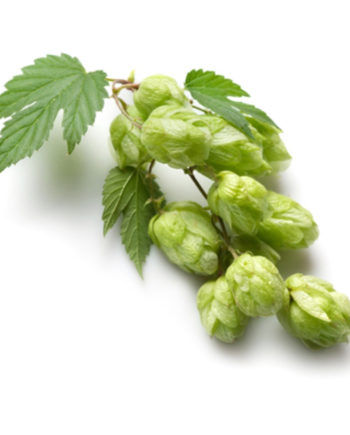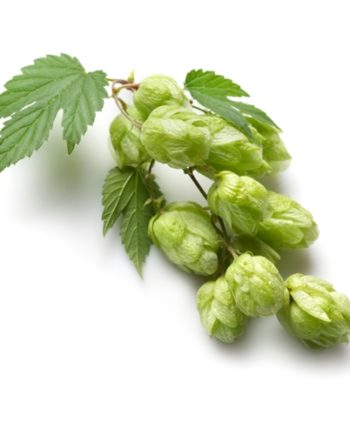It’s that time of year again; time to plant those hops! For me it’s one of the highlights of the year, the day the hops are ready to harvest.
There is nothing better than gathering your friends and family on a late summer’s day harvesting your own hops and then popping them in directly into your brew kettle and, later, enjoying a keg or two of green hopped ale.
Hops on a small scale are relatively easy plants to grow. All you really need is a fence or drain pipe and a patch of land, or a large pot, and you are away. Hops love sunlight, so pick the best spot possible – think ahead because these things will grow up to 7-8 metres in height! So it may not be sunny where you plant it, but it might be sunny a few metres up!
When established, hops are relatively hardy plants. To keep them in top condition feed and water regularly – but not too much as the rhizomes hate sitting in water. So make sure your soil drains freely. If you have clay soil, it would be definitely worth investing in some good top soil and a coarse medium to mix in to help promote drainage and to allow oxygen to reach those important roots.
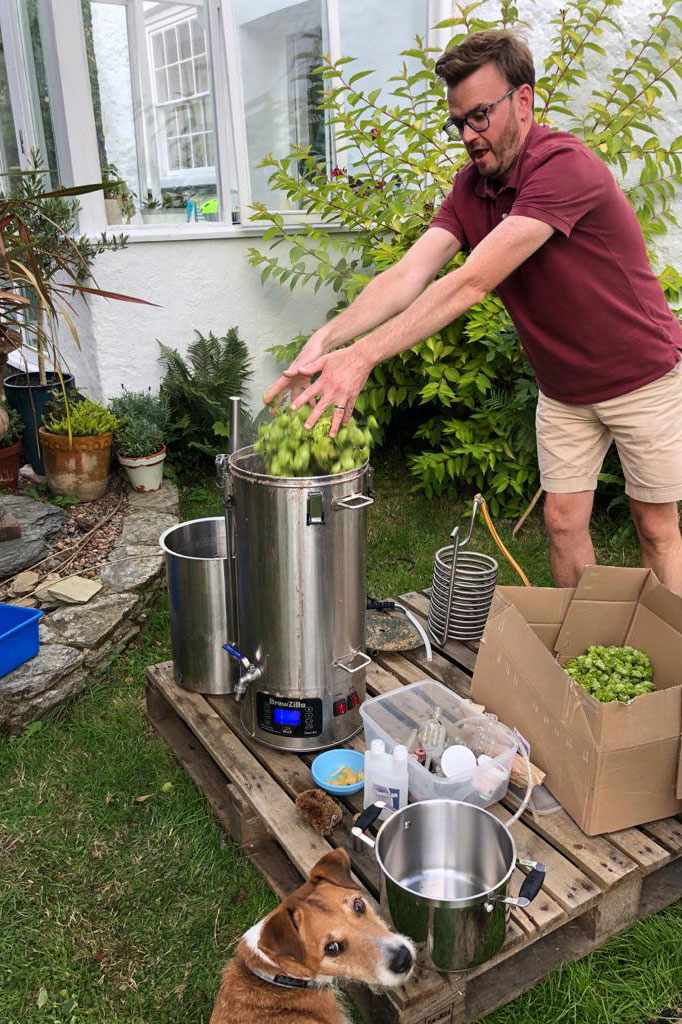
Converting our new friends/neighbours to home brew using our fresh hops!
Where to Plant your Hops
When it comes to planting your new rhizomes, whether directly into the soil or a large pot, it’s best to dig in a lot of food. Manure is ideal, but mix it in well and remember: good drainage!
Another thing to bear in mind is that it won’t take long for the rhizome to start to explore. So, if you don’t want hops to take over your whole garden then it may be worth digging in a root suppressant around your plants, approximately 30-50cm around the plant to prevent them spreading too much.
If you are growing multiple hops, the rule of thumb is to plant them around 0.75-1m apart to allow them to grow a healthy crown. Once your babies are safely tucked in, you should start seeing shoots relatively quickly – around April or May.
Getting our hop rhizomes planted
Stringing Up Hops
Before you start getting out your twine for stringing up, it’s best to wait for your plant to reach around 50cm in length. Pick the best 2 or 3 shoots – these usually not the first ones to appear. The first few shoots are called “bull shoots”. These are sometimes too eager and are not the strongest. Be patient.
Once you have selected your best shoots, wrap them around the support you want them to grow up. Traditionally, coconut coir twine is used to train your plants to dizzy heights. You can also train them up drains, along fences, trellises – pretty much anything. When training the shoots, make sure you wrap them in a clockwise direction. Keep an eye on them, once you have chosen their path, to make sure they stay on it. And don’t be tempted to allow any additional new shoots to grow. It’s likely some will appear throughout the first 3 months – just cut them back and stick with your original 2 or 3 shoots and you will get a better harvest.
Mind Your Head
Be very careful with the head of the plant. If you lose the tip/head of the shoot, then it’s game is over until next year. You may still get a few hops depending on when the beheading happened, but the hop won’t grow in length any more that season.
Hopefully by August your plant should now branch out; these are called “spurs” – the more the better, as these branches are where your precious hop flowers will grow.
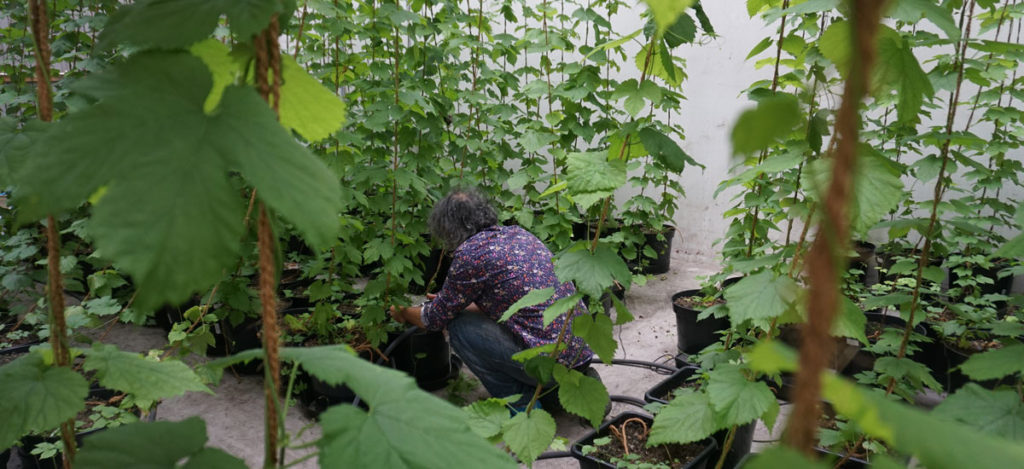
Danger Stranger
All hops plants are female and are direct descendants to the original plant. If you have managed to grow a hop plant from seed it is very likely you could have a new sub breed! Hops are deliberately not pollinated as this creates seeds inside your hops and the last thing any brewer wants is more debris to clean from their wort. If you do unexpectedly get a pollinated plant it is because the male hop plants are randy buggers and can pollinate from miles away, so protect your girls and keep them away from strangers!
Harvesting your Own Hops
You should hopefully start seeing hop flowers grow and form into little beauties! Again, be patient. The best way to know when they are ready to harvest is to squeeze them. If they sound like tissue paper, you are good to go.
For new plants, if possible pick your hops directly from the plant rather than cutting down the vines. This gives your plant another month to develop before winter. If it’s an established plant then hack it down to harvest – it will be much easier for you. Once the plant has died back, cut back all the vines down to about 15 cm from the base. This will help you see where your plants are for next year. Cover them with a big pile of manure for their winter break and let them sleep. And repeat the next year!
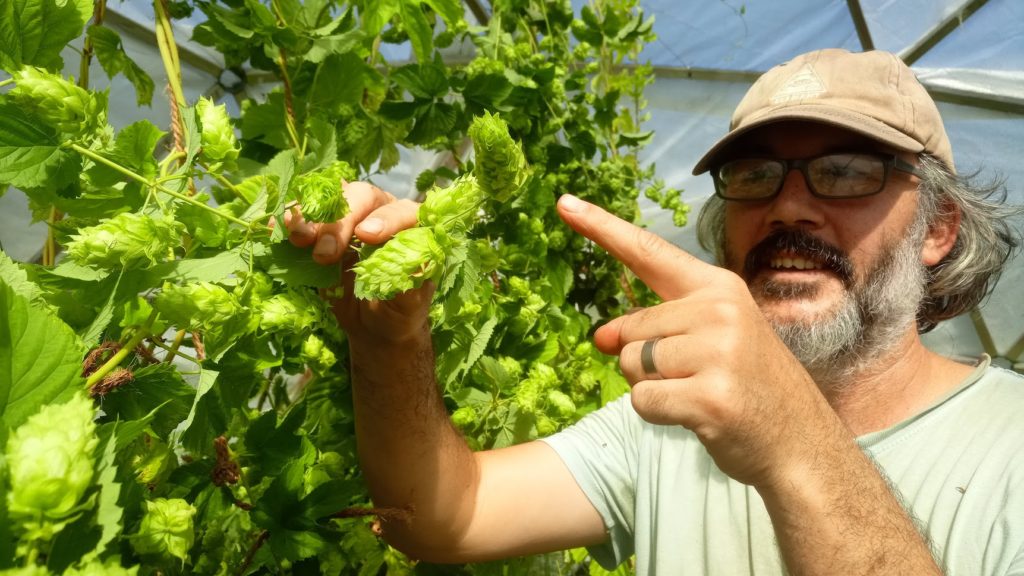
The Life Span of a Hop
Hops plants take around 3 years to mature and can last up to a whopping 30 years. Good plants can harvest around 400-800 grams of dried hops. That’s a lot of beer! But just as importantly, they are a good looking plant and are always a talking point for any garden or yard. And we all love that aroma of fresh hops!
Time to Plant your Hops?
If you are tempted to grow your own hops for your homebrew, please feel free to check out our selection of hop plants and pick yourself a few and get growing
-
Sold out!
Cascade Hop (Rooted/Mature plant)
£25.00 Read more
-
Sold out!
Chinook Hop Rhizome (Rooted/Mature plant)
£25.00 Read more
-
Sold out!
Bramling Cross Hop (Rooted/Mature plant)
£25.00 Read more
